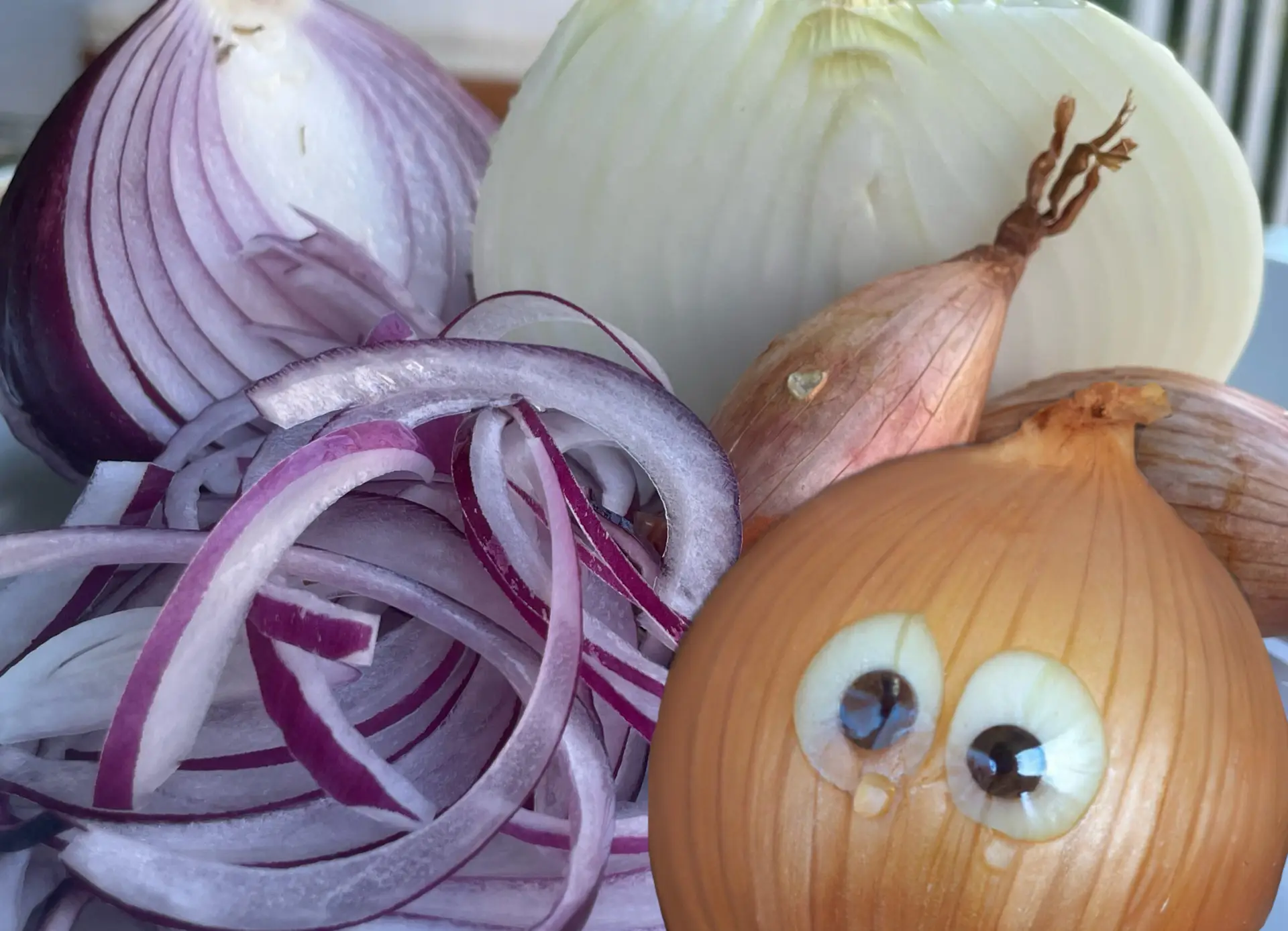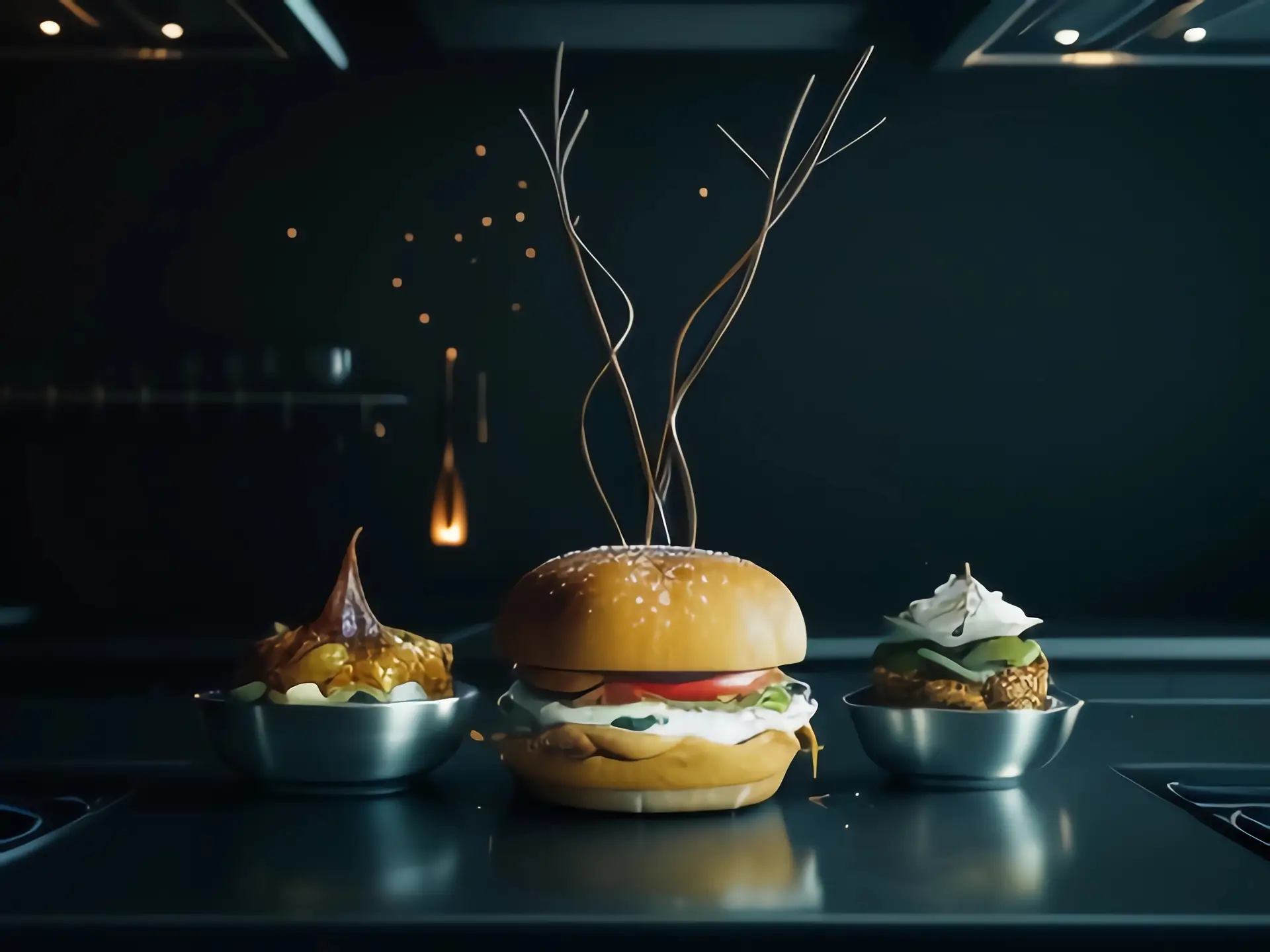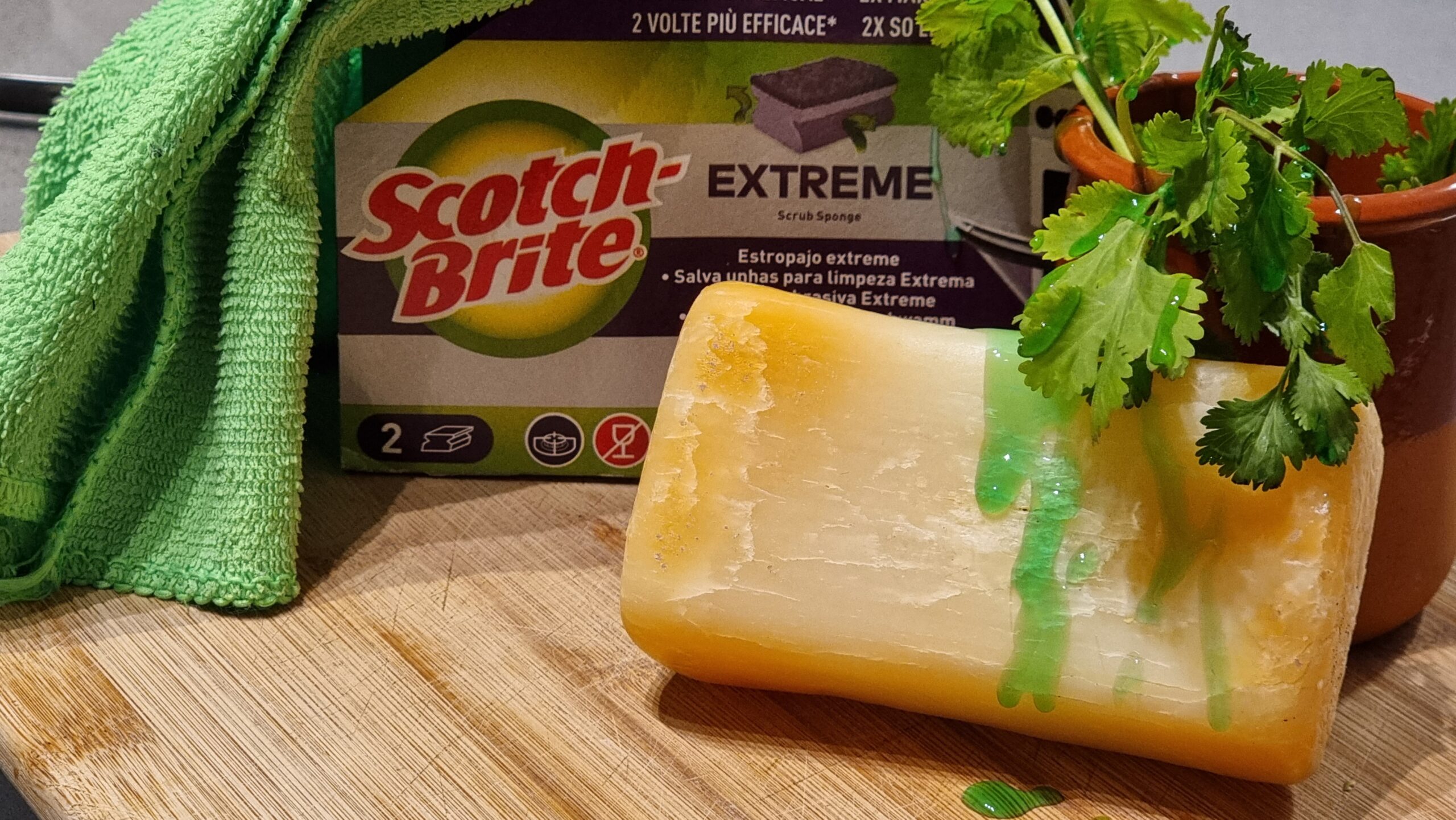How do they “non-stick” the pan? Will superglue stick to nonstick?
What a marvelous thing is a non-stick pan right? I mean, that smooth finished Omelette that we all love so much and so little time that we spend on washing them. And one of the most obvious reasons that we use those is ‘Less OIL’. But how can something be so inert that even water cannot “wet” it? How can nothing stick to it? What is sticking?
Sticking: A two-edged sword!
For sticking to happen there must be both a stick-er and a stick-ee, and at least one of them must be viscid. It can be both a chemical or a physical phenomenon, depending on the situation. In cooking, generally, food molecules don’t form strong bonds with metals (If they did, we wouldn’t be able to cook in metals), so we’ll only consider the physical ones. Let’s take an example of a Fried Egg, what we basically do is, take a pan, heat it up, add oil (Heat the pan before adding oil, trust me!) and break an egg and let it cook. But sometimes we see that it’s stuck to the bottom, what happened? Less oil? Maybe. Was the pan too hot? Maybe. But the most common reason is that the egg white proteins have seeped into the crevices (formed due to indiscriminate use or vigorous scrubbing) of the pan which were not really filled by the oil so that the egg could float atop (That’s one of the reasons why we use Oil in cooking). Now this seeping gave something to grab onto to the whole egg to remain in the pan rather than your plate.
PRO TIP: Use silicone or PTFE spatulas even on your metal pans.
Invention of PTFE.
It was in 1938, when a Chemist named Roy Plunkett contrived a new chemical which chemists called polytetrafluoroethylene, luckily nicknamed as PTFE and trade marked by DuPont as Teflon. His motive was to make bearings for mechanical machinery which would reduce friction without the use of lubricants. But its other advantages were quickly realized, in the 1960s the saute pans started to show up in the kitchen with a coating of PTFE, which were easier to clean because they didn’t get dirty in the first place.
What is PTFE?

As we saw how an egg sticks because of the roughness and the crevices on the pan, PTFE on the other hand is smooth to a molecular level, they virtually have no cracks for the food to grab on. It is a polymer of a molecule which is made up of only Fluorine and Carbon in the ratio 2:1. (Refer the figure)
Now of all atoms, fluorine is the least one who wants to react with anything else when it has comfortably bonded with carbon. So much so that even superglue doesn’t stick to non-stick pans.
How do they stick non-stick coating to pans?
As we inferred that PTFE is not chemically active, it is clear that the coatings on the pans are done by more of a physical method. Mostly all of them have one basic principle, the base-pan surface is roughened by mechanical means, then the non-stick coating (There are many more types of non-stick coatings but most of them are still based on PTFE) is sprayed on it, so that it gets a good foothold and doesn’t come off easily.
Major improvements in this process have been made, one example is, The Excalibur Method, where metal droplets are blasted on the base-pan, forming little microscopic teeth by wielding themselves there, then several layers of PTFE based coatings are sprayed on which are thicker and held their by these jagged and toothy surface. Other example is Autograph by DuPont.

Images from:
https://www.artstation.com/artwork/rRAYAE
https://www.grovercorp.com/applications-rings-materials/materials/ptfe/







